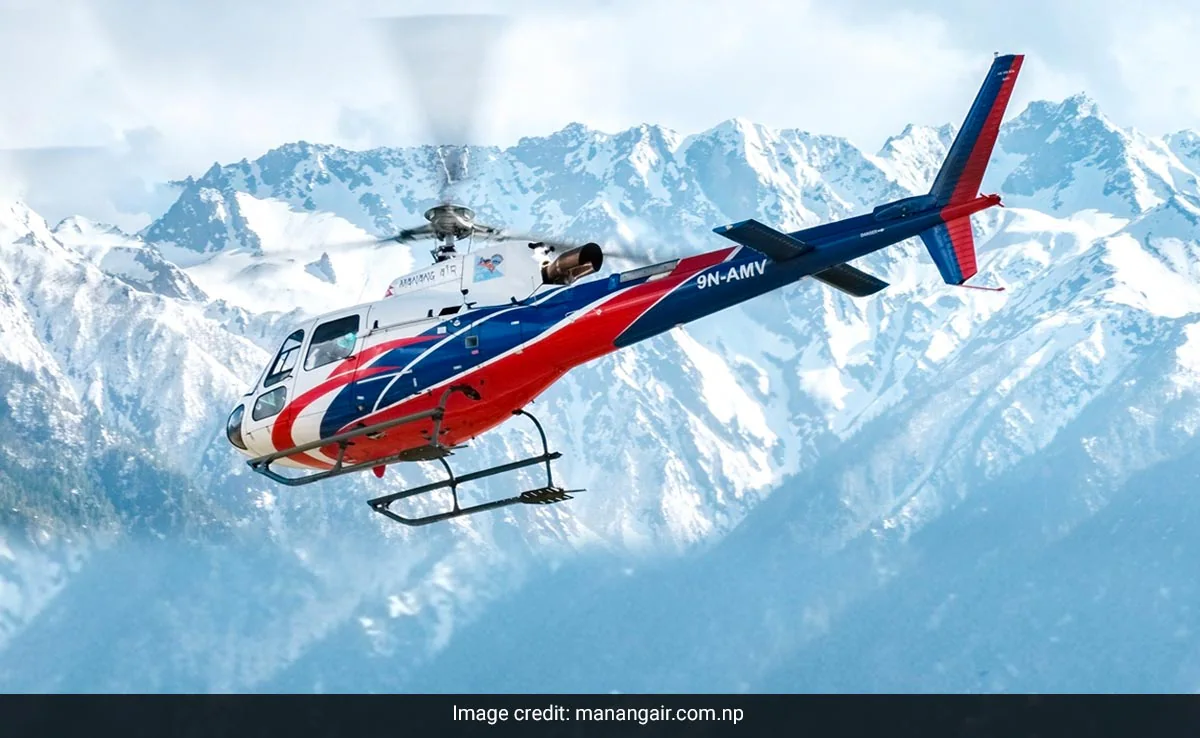Divya Prata, Pune
After a fatal crash of a Manang Air helicopter in the Everest area that left six people dead, Nepal’s aviation regulator imposed a two-month ban on helicopters doing “non-essential” flights, including sightseeing trips.
In the center of Nepal, a helicopter crash claimed the lives of six individuals. Five Mexican citizens and one pilot from Nepal were on board the helicopter as it departed from the Solukhumbu area, which is home to Mount Everest and other high mountain peaks.
“All six bodies have been located. We are now starting the process of taking them to Kathmandu. It will take some time because it means traveling by road from the crash site and then flying to Kathmandu,” reported a spokesperson from The Tribhuvan International Airport to CNN.
The area is home to a large number of isolated and difficult-to-reach airstrips, with the Tenzing-Hillary airfield in northeast Lukla often recognized as the most dangerous airfield in the whole world.
Air disasters have occurred often in Nepal, which is home to eight of the world’s fourteen highest mountain peaks, including Mount Everest. This is due to the fact that several airlines operate from airports in remote highlands and areas near peaks that are regularly shrouded in clouds. Nearly six months have passed since an aircraft carrying 72 passengers crashed in western Nepal, killing everyone on board.
The Himalayan nation boasts some of the world’s most difficult and remote runways, with approaches that are difficult for even experienced pilots to complete. Flying may be hazardous in the mountains since the weather can occasionally shift quickly. Inadequate training and maintenance have also contributed to poor safety in Nepal’s aviation industry. Due to safety concerns, the European Union has forbidden all Nepali airlines from using its airspace.
